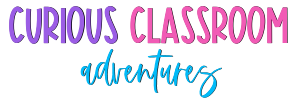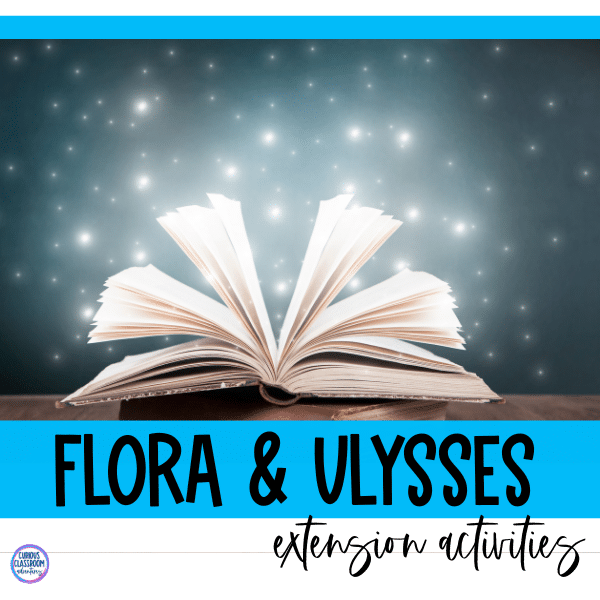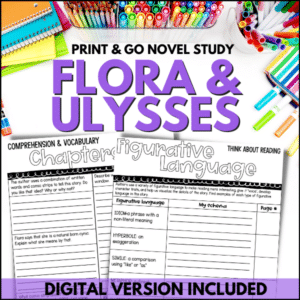If you’re looking for a book that combines humor, heart, and a little bit of superhero action, Flora and Ulysses by Kate DiCamillo is a must-read for your students! Not only does this book have engaging characters and quirky plot twists, but it also offers great opportunities for classroom activities that will keep your upper elementary students thinking, laughing, and discussing long after they’ve finished reading.
A Quick Summary of Flora and Ulysses
In Flora and Ulysses, we meet Flora Belle Buckman, a 10-year-old self-proclaimed cynic, who loves comic books and tries to live by the motto: Do not hope. Instead, observe. Her life takes a wild turn when a squirrel named Ulysses gets sucked into a vacuum cleaner—and somehow emerges with superpowers! With the ability to fly, type poetry, and lift heavy objects, Ulysses becomes Flora’s very own quirky superhero sidekick.
Throughout the book, Flora and Ulysses navigate a series of adventures (and misadventures), all while Flora wrestles with her parents’ divorce and her belief that she’s better off distancing herself from feelings. As Flora helps Ulysses embrace his new identity, she learns a few things about hope, love, and friendship herself.
Now that you’re caught up on the basics, let’s here are some fun extension activities you can use to keep your students engaged as they read!
1. Superhero Comic Strip Creation
Since Flora is a huge fan of comic books, this activity taps into the superhero theme of the story. Have students create their own comic strip featuring Ulysses as the star superhero. Encourage them to come up with a new adventure for Ulysses—maybe he has to save Flora from a dangerous situation, or perhaps he’s on a mission to rescue his fellow squirrels from a hungry cat!
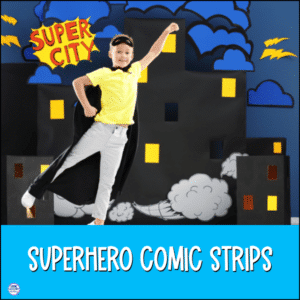
To make it even more fun, remind students to include thought bubbles and action words like “BAM!” and “ZOOM!” just like the ones Flora loves in her comics.
2. Poetry Like Ulysses
One of the most charming parts of Flora and Ulysses is Ulysses’ newfound talent for writing poetry. Why not let your students channel their inner Ulysses by writing their own poems? Give them some creative prompts, like:
- Write a poem about something they love (like Ulysses’ obsession with toast!).
- Write a poem about an everyday object that might have hidden superpowers.
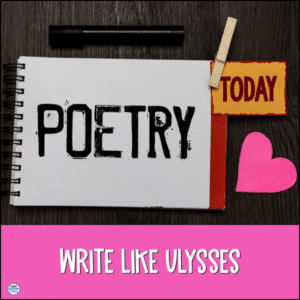
This activity is great for practicing descriptive language and figurative speech, plus it allows students to explore their imaginative side—just like Ulysses!
3. Character Trading Cards
Flora and Ulysses are surrounded by a cast of quirky characters, each with their own distinct traits. Have students create character trading cards for each main character in the book, including Flora, Ulysses, Flora’s mother, and William Spiver. Each card should feature:
- A drawing of the character.
- A list of key personality traits (like Flora’s cynicism or William Spiver’s “temporary blindness”).
- A description of how they fit into the story.
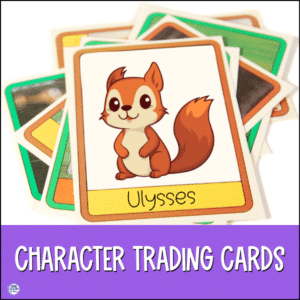
This activity encourages students to think about character development and how each character’s unique traits drive the plot forward.
4. Theme Discussions: Hope, Love, and Friendship
There are several key themes running through Flora and Ulysses, especially the themes of hope, love, and friendship. After reading a few chapters, hold a class discussion where students reflect on how these themes play out in the story. You can ask questions like:
- How does Flora’s view of hope change throughout the book?
- How do Flora’s relationships with her parents and with Ulysses teach her about love and friendship?
You could even have students write short responses to these questions in a journal, which helps deepen their comprehension and connect the story to their own experiences.

5. Novel Study Guide for Flora and Ulysses
To make your reading lessons even easier, consider using a novel study guide for Flora and Ulysses to support students as they read. This novel study includes chapter-by-chapter comprehension questions, vocabulary lists, literacy activities, and writing prompts. By using this novel study as a guide, you can help students stay engaged with the text while providing structure to their reading.
For an effortless planning experience, this ready-made resource will take the guesswork out of creating lesson plans, leaving you more time to focus on engaging discussions and fun extension activities like the ones above.
6. Design Ulysses’ Superhero Costume
Who doesn’t love a little costume design? Have students imagine what Ulysses’ superhero costume would look like. Does he wear a cape? Does he have a logo on his chest? Let them draw their version of Ulysses’ costume and share it with the class. This artistic activity is a great way for students to express their creativity while reflecting on Ulysses’ superhero persona.
Adventures with Flora and Ulysses
Flora and Ulysses is more than just a funny and heartfelt story—it’s a goldmine for creative classroom activities! Whether your students are writing poetry like Ulysses or designing their own superhero comics, they’ll have plenty of opportunities to dive deeper into the themes and characters of the book. And don’t forget to use a novel study guide to help guide your students through the reading process—it’s a game-changer for keeping everything organized and engaging.
So, grab your capes and vacuums, and let the adventures begin!
Looking for ways to sneak read aloud time into your packed daily schedule? Then this post should be your next read!
